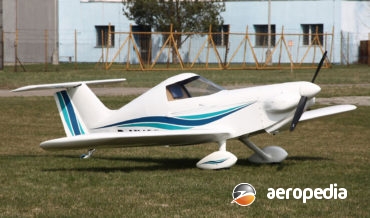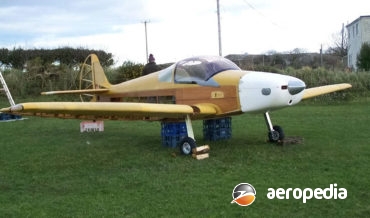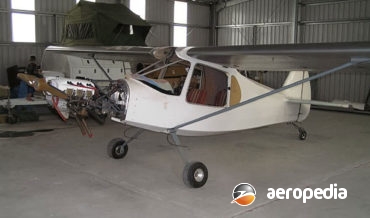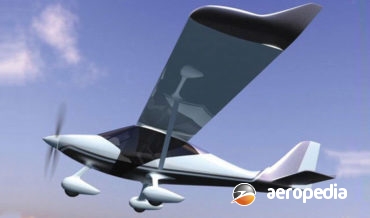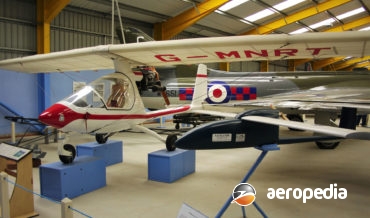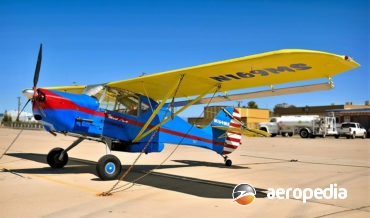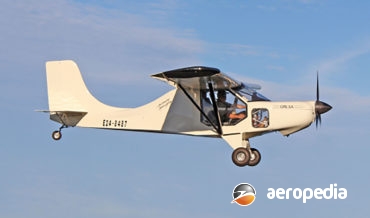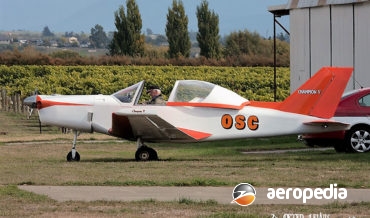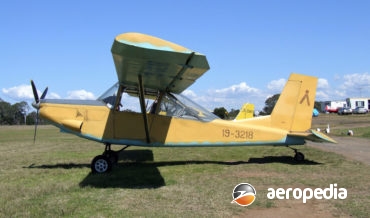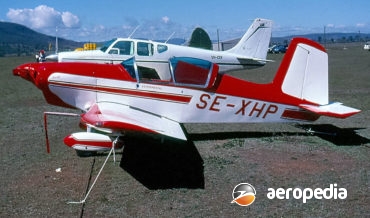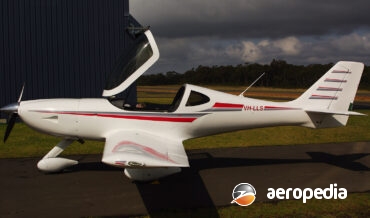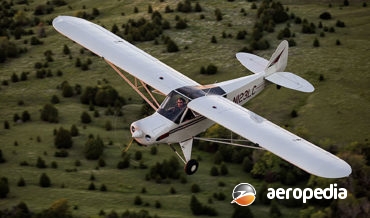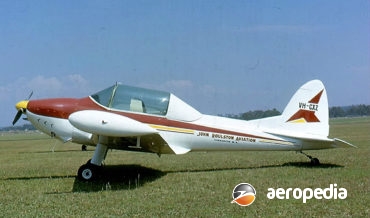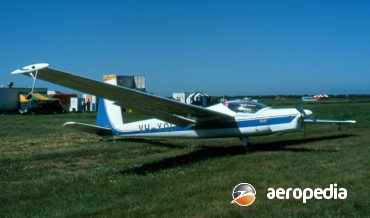All Contents
Contents
War Aircraft Replicas of Tampa, Florida, was formed to design and market plans and kits of half-scale (50%) replicas of famous aircraft of World War II and since 1974 a number of designs have been made available to the amateur builder, types including the Sea Fury, A6M5 Zero, F4U Corsair,
David C. Eyre
- May 8, 2019
The Watson Windwagon light aircraft were developed from the Parker Teenie Two series which was designed by Calvin Parker and built in some numbers around the world.
David C. Eyre
- May 8, 2019
The Explorer has been produced by Tomair for the Australasian market and the aircraft is basically a high-wing variant of the Cobra.
David C. Eyre
- May 8, 2019
The SD-1 is a light single-seat sporting monoplane designed by Igor Spacek and built in the Czech Republic by Spacek SRO at Hodonin.
David C. Eyre
- May 8, 2019
The N-3 Pup was a designed by Robert Counts in 1990 as a single-seat 75% scale replica of the Piper J-3 Cub series.
David C. Eyre
- May 8, 2019
The Nexus Mustang was designed by Richard Eaves of London, Ontario, Canada, who commenced building homebuilt aircraft in 1962. After building a Corben Baby Ace and a Bushby Mustang, and visiting an EAA event at Oshkosh, he decided to build an aircraft of his own design which suited his requirements.
David C. Eyre
- May 8, 2019
The Menestrel family of light sporting aircraft was designed by Henry Nicollier in France as a low-wing, single-engine, light aircraft for amateur construction. This family of aircraft included both single-seat and two-seat variants.
David C. Eyre
- May 8, 2019
The Pilatus is a high-wing two-seat in tandem light sporting aircraft with a tailwheel undercarriage designed and partially built by David Nightingale in Sydney, work commencing in about 2009 but was not finished.
David C. Eyre
- May 8, 2019
An entrant into the field of light sports aircraft was the Aveo Phantom in 2008 was a two-seat, high-wing light sport aircraft (LSA) monoplane developed at Kosice in Slovakia.
David C. Eyre
- May 8, 2019
The Sirocco was a French designed high-wing braced monoplane with a pusher engine. The fuselage was construction from fibreglass and polyester, was streamlined and could be fully enclosed or built with an open cockpit and windscreen.
David C. Eyre
- May 8, 2019
The Kolibri Is A European Designed Light Two-Seat Ultra-Light Aircraft Of Composite Construction With Fabric Covered Movable Surfaces And A V-Tail.
David C. Eyre
- May 8, 2019
The Bandit is one of a range of aircraft produced by Avid Aircraft. The Company was originally known as Light Aero Inc and commenced business in Caldwell, Idaho.
David C. Eyre
- May 8, 2019
The Lightwing GR-LSA is a development of the Hughes Lightwing series and is a two-seat, side-by-side, light sporting high-wing monoplane constructed of 6061T6 high tensile aluminium airframe, the underside of the outboard wing panels being covered with Ceconite, and the control surfaces are fabric covered.
David C. Eyre
- May 8, 2019
Australian Lightwing is based at Ballina, NSW and was set up to build ultralight and light aircraft for the Australian market, originally known as Hughes Aircraft, part of the Hughes Group, being operated by Howard and Nicholas Hughes.
David C. Eyre
- May 8, 2019
The Champion V is one of a series of light aircraft designed in Italy by Guiseppe Vidor, the first of this model making its first flight in 1995.
David C. Eyre
- May 8, 2019
Following the retirement of a number of Auster AOP.6 aircraft from military service in 1959 after the introduction into British Army service of the AOP.9, many of the survivors were obtained by Auster Aircraft Ltd for conversion for civil use and re-sale.
David C. Eyre
- May 8, 2019
The Stollite was designed and built at Bankstown, NSW, by Arthur Armour. The prototype (10-3218) was basically designed to look like a scaled down Cessna Birdog / Hughes Lightwing, and used some parts from a Winton Super Cricket, which the designer had previously constructed.
David C. Eyre
- May 8, 2019
In 1929 the Pratt brothers at Geelong near Melbourne commenced work on a light aircraft known as the Amsco monoplane at the Workshops of AMSCO at Belmont Common in Victoria initially along the lines of a Heath parasol.
David C. Eyre
- May 8, 2019
In November 1942 Bjorn Andreasson (1917 – 1993) formed AB Flygindustri at Halmstad in Sweden and over the years designed a number of aircraft, the first being known as the Fi-1.
David C. Eyre
- May 8, 2019
The Lightning is an ultra-light sporting monoplane produced in kit form by Arion Aircraft of North Shelbyville, Tennessee, the prototype (N233AL) flying for the first time on 3 March 2006, the first customer-built aircraft (N430GH) being flown on 19 April that year.
David C. Eyre
- May 8, 2019
The Pioneer series of light sporting aircraft is produced in kit form in Italy by Alpi Aviation at its plant at La Comina airfield near Pordenone.
David C. Eyre
- May 8, 2019
The American Legend AL3 Classic Cub is basically a replica of the Piper Aircraft J-3 Cub produced in the United States using modern design and construction techniques, and fitted with a modern Continental four-cylinder engine.
David C. Eyre
- May 8, 2019
The American Legend Aircraft Company of Sulphur Springs, Texas has been involved in the production of reproduction / replicas of the Piper series of aircraft, including the Super Cub and in January 2012 flew an aircraft known as the Super Legend which is similar in appearance to the PA-18 Super
David C. Eyre
- May 8, 2019
Aerostructures was a company known for some years for modifying aircraft to increase performance for operators, aircraft conversions including the Cessna 172, 175 and 210, and customizing other types.
David C. Eyre
- May 8, 2019
The Vivat, a motor glider, made its first flight at Uherske Hradiste in Czechoslovakia in May 1987, production beginning five years later, and more than 200 entered service with gliding clubs throughout Europe.
David C. Eyre
- May 8, 2019
Recent Comments
Archives
Categories
- No categories
Categories
- No categories
Latest Posts
Newsletter




